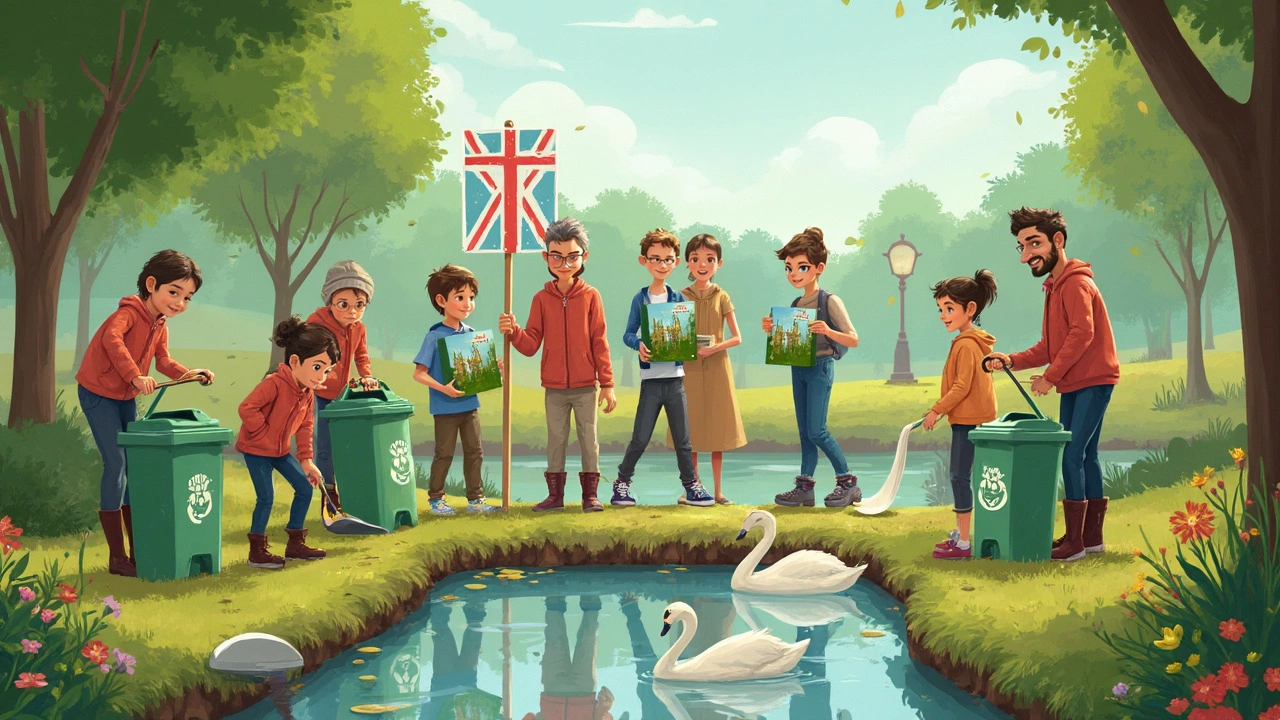Types of Environmental Groups: What They Are and How They Work
Ever wonder why you see so many different green groups on the news? They’re not all the same. Some look after wildlife, others push for cleaner energy, and a few focus on local clean‑ups. Knowing the differences helps you pick the right one to support or join.
1. Conservation NGOs
These are the big players you hear about most often. Think of organizations like WWF or The Nature Conservancy. Their main job is to protect habitats, endangered species, and large‑scale ecosystems. They raise money, run research projects, and lobby governments for stronger environmental laws. If you love animals or want to keep forests alive, this is the group type that usually matches your passion.
2. Grassroots Activist Groups
Grassroots groups are smaller, community‑based, and often run by volunteers. They might organize a river clean‑up, protest a local coal plant, or run workshops on composting. Because they work close to the people they serve, they can act fast and adapt to local issues. Joining a grassroots group gives you a chance to see immediate results in your neighbourhood.
Beyond these two, there are a few other common types worth mentioning:
Policy Advocacy Groups focus on influencing laws and regulations. They write reports, meet with politicians, and craft policy proposals. If you’re interested in the legal side of environmental protection, look for groups that specialise in climate policy or renewable‑energy legislation.
Education and Outreach Organizations aim to teach the public about sustainability. They run school programs, produce documentaries, and host public talks. Their impact is long‑term because they shape how people think about the environment from a young age.
Community Resilience Networks help neighbourhoods prepare for climate‑related events like floods or heatwaves. They provide resources, emergency plans, and training on things like home energy efficiency. These groups blend environmental goals with practical safety measures.
So, how do you choose the right one? Start by asking yourself what matters most: protecting wildlife, influencing policy, teaching others, or fixing local problems. Then search for groups that list that focus on their website or social media. Most will have a "Get Involved" page where you can sign up for newsletters, volunteer days, or donation drives.
Remember, you don’t have to commit forever. Try a few events, see how the team works, and decide if it feels right. Even a single weekend clean‑up counts as a contribution.
Bottom line: environmental groups come in many shapes, but they all share the goal of a healthier planet. By understanding the types, you can pick the one that fits your interests and make a real difference without feeling lost in the crowd.

How Many Groups of Environment Do We Have? A Clear Guide to Environmental Groups
Confused by all the talk about environmental groups? This article breaks down the main groups of environment, explains what each one does, and shows how you can spot their work in real life. Get tips on how to join in or support your favorite cause. You'll see examples from everyday life and discover surprising facts about what these groups actually accomplish. If you're curious about the different types, this guide will make it super clear.